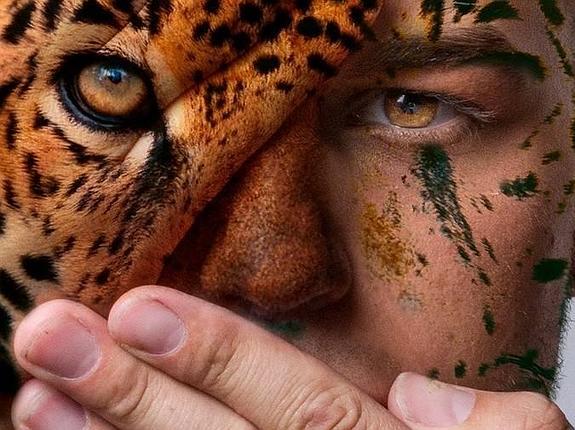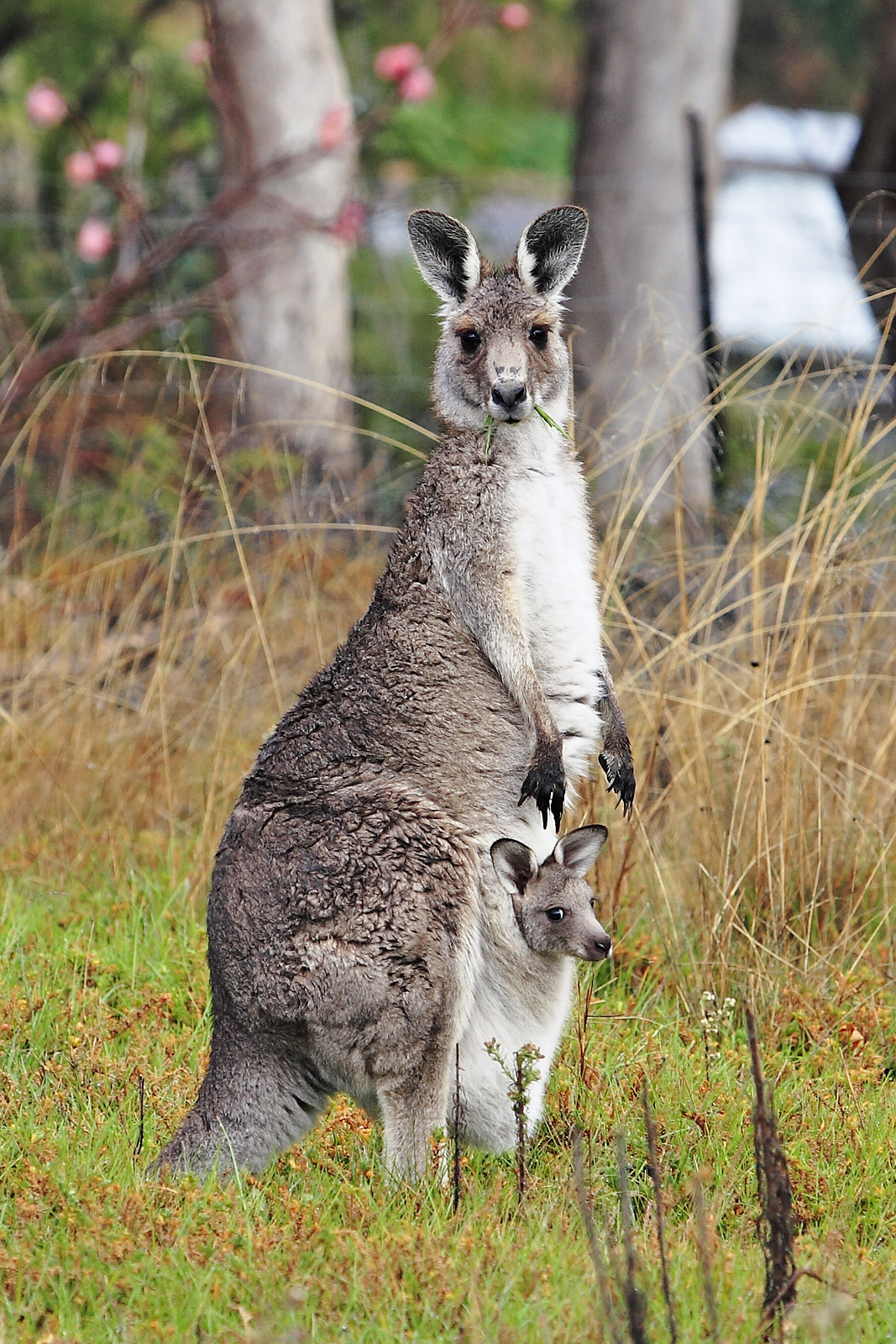Behavior in the world.
INTRODUCCION:
Through this blog we will give people to understand how animal behavior influences human , we will be explaining the relationships, similarities and differences between them.
of running is one of his best known traits.
Humans have adopted their normal
behavior as a game. For example, the
game of getting into a sack and jumping.
Australian kangaroos are genetically
human-like, they take very good care of
their children, protect and educate them
from an early age, which is what we
humans do every day when we become
parents.
THE GIRAFFE:
become friends, Humans and
giraffes seem to be able to
live in harmony, giraffes group
with their species, and
humans do too.
THE DOG:
 The genetic difference between humans and dogs is quite small. Humans and dogs are 95% genetically identical, and diseases that affect humans, such as breast cancer, prostate cancer, and melanoma, are nearly identical. We share the same dental structure when we are born. A puppy just like a baby is born with 28 teeth. From adults due to the hunting nature, the teeth of dogs are more extensive (42 teeth) than that of humans (32 teeth). The similarity is that in addition to being born with the same number of teeth, dogs also fall out of puppies. A study carried out verifies that dogs have the same emotions as children and that they must be determined as people, changing the idea and the way of treating them. These among other behaviors that adapt to dogs have a lot of similarity to the human behaviors that we do on the day.
The genetic difference between humans and dogs is quite small. Humans and dogs are 95% genetically identical, and diseases that affect humans, such as breast cancer, prostate cancer, and melanoma, are nearly identical. We share the same dental structure when we are born. A puppy just like a baby is born with 28 teeth. From adults due to the hunting nature, the teeth of dogs are more extensive (42 teeth) than that of humans (32 teeth). The similarity is that in addition to being born with the same number of teeth, dogs also fall out of puppies. A study carried out verifies that dogs have the same emotions as children and that they must be determined as people, changing the idea and the way of treating them. These among other behaviors that adapt to dogs have a lot of similarity to the human behaviors that we do on the day.
THE CHIMPANZEE:
Chimpanzees have always had a knack for manipulating tools. Researchers at the Max Planck Institute for Evolutionary Anthropology in Leipzig have found evidence in West Africa that shows that chimpanzees have been cracking nuts with stone tools for the past 4,300 years. They are animals genetically very similar to us, they perform actions and have behaviors very similar to those of humans, and also physically we are a little alike, we are very similar but not completely the same.
to have the ability to invent
tools. In 2002, the journal
Science reported on a crow
that bent a wire into a hook to
remove fish from a container.
This animal has adapted such
human behavior, fishing.
THE DOVE:
Pigeons can do something that humans must
 develop in a couple of years: They are among the few animals that recognize themselves in a mirror. This self-awareness is an important test to
distinguish between intelligent and instinctively
acting animals.
develop in a couple of years: They are among the few animals that recognize themselves in a mirror. This self-awareness is an important test to
distinguish between intelligent and instinctively
acting animals.
CONCLUSION:
In conclusion, this blog tries to explain how humans have adopted the behaviors of animals and they of us and how over time it has become normal and everyday.
- Camila Acevedo
- Gabriela Prada
- Ana Pinto
INTRODUCCION:
Through this blog we will give people to understand how animal behavior influences human , we will be explaining the relationships, similarities and differences between them.
become friends, Humans and
giraffes seem to be able to
live in harmony, giraffes group
with their species, and
humans do too.
 The genetic difference between humans and dogs is quite small. Humans and dogs are 95% genetically identical, and diseases that affect humans, such as breast cancer, prostate cancer, and melanoma, are nearly identical. We share the same dental structure when we are born. A puppy just like a baby is born with 28 teeth. From adults due to the hunting nature, the teeth of dogs are more extensive (42 teeth) than that of humans (32 teeth). The similarity is that in addition to being born with the same number of teeth, dogs also fall out of puppies. A study carried out verifies that dogs have the same emotions as children and that they must be determined as people, changing the idea and the way of treating them. These among other behaviors that adapt to dogs have a lot of similarity to the human behaviors that we do on the day.
The genetic difference between humans and dogs is quite small. Humans and dogs are 95% genetically identical, and diseases that affect humans, such as breast cancer, prostate cancer, and melanoma, are nearly identical. We share the same dental structure when we are born. A puppy just like a baby is born with 28 teeth. From adults due to the hunting nature, the teeth of dogs are more extensive (42 teeth) than that of humans (32 teeth). The similarity is that in addition to being born with the same number of teeth, dogs also fall out of puppies. A study carried out verifies that dogs have the same emotions as children and that they must be determined as people, changing the idea and the way of treating them. These among other behaviors that adapt to dogs have a lot of similarity to the human behaviors that we do on the day.Chimpanzees have always had a knack for manipulating tools. Researchers at the Max Planck Institute for Evolutionary Anthropology in Leipzig have found evidence in West Africa that shows that chimpanzees have been cracking nuts with stone tools for the past 4,300 years. They are animals genetically very similar to us, they perform actions and have behaviors very similar to those of humans, and also physically we are a little alike, we are very similar but not completely the same.
Pigeons can do something that humans must
 develop in a couple of years: They are among the few animals that recognize themselves in a mirror. This self-awareness is an important test to
develop in a couple of years: They are among the few animals that recognize themselves in a mirror. This self-awareness is an important test toCONCLUSION:
- Camila Acevedo
- Gabriela Prada
- Ana Pinto





In conclusion we can say that animals are great and that each animal teaches us something very valuable
ResponderEliminarI love the animals! my favorite is a dog
ResponderEliminarHow interesting, good job!
ResponderEliminar